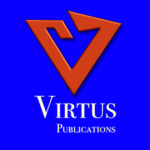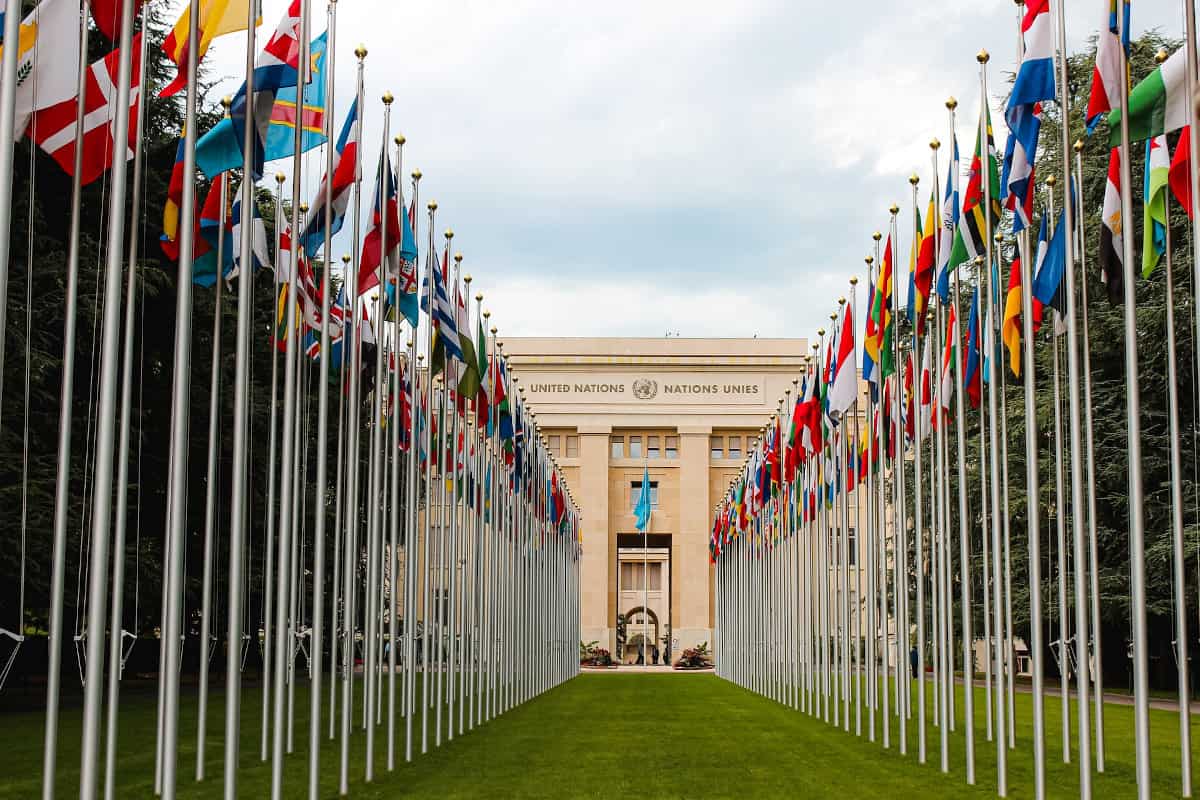One of the central ideas of our time is that we are at the end of the imperial age, with the fall of the Berlin wall as a milestone to mark the end of the Soviet Union and the decline of the last empire in history. This idea runs in parallel with the ideas presented in Francis Fukuyama’s End of History, which sets forth the rather naïve assumption that everyone believes in liberal democracy as the final stage of history and the best form of government. Scholars and laymen alike often lack an appreciation for the mechanisms of social power, and the historical imperial undercurrents directing discussion and the course of events in a subtle but pervasive manner. Empires seek to absorb wealth, like a socio-political black hole, seizing control over every power instrument available. Imperial actors do not pause and evaluate the ethical consequences of their rising power. On the contrary, absolute power is the core objective, and once they build momentum it can be difficult or impossible to stop and check their progress. Imperial supremacy first restricts control, then usurps or obtains it.
The United Nations, whether it is intentional or not disguises a grand coalition of power under the cloak of the imperative for peace. Regardless of the particular structure or arrangement, empires are characterized as a synergistic network in control of all key power instruments. The UN Security Council has been compared to an imperial league or great power alliance by perceptive scholars, and we will discuss and investigate this further in future articles. The Security Council has formally claimed absolute authority over military force and the right to intervene in the affairs of nations, and can do so without any appeal or legal review of their actions and objections. If one wants to legitimize imperial actions, one must merely claim to have or obtain the consent and backing of the international community. This timeless technique of representing all of humanity is a classic tactic of empires – ignoring sovereignty and collective self-determination for the sake of imposing an imperial vision upon the recalcitrant or uncooperative nation to establish “order”. Empires naturally abhor chaos, and once they reach their apex of power, they tend to pre-emptively seek out scenarios where order must be imposed in order to protect the greater good. Much imperial propaganda has been presented along these lines.
In order to gain a deeper understanding of how global power has evolved along imperial lines, more careful study is needed to look at the United Nations and the Security Council and how they came to be, which is the story that the American people and the people of the world deserve to know. Rather than a mere forum for dialogue or a vehicle for resolution of conflict, the UN was designed from its inception with latent powers and inherent rights of absolute authority over all of humanity as an institution of global governance. The record of the past century and especially the discourse of those who promote and engage in its development and exercise have shown this to be the case. The inherent hostility towards the concept of a nation-state and the symbiotic bias towards a global superstate has been the hallmark of the most ardent UN imperialists who promote the central premise of UN-oriented globalist doctrine:
that nations are clearly unfit to govern themselves, that the nation-state is a dangerous threat to existence on earth, and that an omnipotent supra-national government is the only recourse to the lurking chaos and disorder that can only be constrained, and catastrophe avoided by constructing and confining humanity within a global social cage.
An in-depth look at the UN and the most ardent proponents proves this to be their true mission statement. The idea of an imperial internationalism has been a slow and steady process, stretching far back into history well before formal discussions and ratifications in Washington or San Francisco in the 1940s. The veneer of respect for human rights is a façade that conceals the true ideological origins of the world body, which is widely recognized as a second attempt of the League of Nations. The term United Nations was used deliberately by Roosevelt and Churchill to hide its true nature as a great power alliance designed to promote a vision of global order that continues the game of empire through to its natural and inevitable course. Woodrow Wilson became the most ardent proponent of imperial globalization during WW1 as he attempted to harness and direct American foreign policy towards her entry into the imperial European League of Nations.
“The question upon which the whole future peace and policy of the world depends is this:
Is the present war a struggle for a just and secure peace, or only a new balance of power?… There must be, not a balance of power, but a community of power; not organized rivalries, but an organized common peace.” [1]
It appears to be a major area that needs to be addressed in terms of how the ideological and practical steps were not accidental, but were advocated for and achieved by national leaders, intellectuals and statesmen who shaped and carried the debate and who continue to do so into the 21st century. The United States has enjoyed its status as the dominant world power for more than 80 years, though within it on the shores of the Hudson River in New York, sits a clearly designed imperial institution that is at odds with American principles of freedom and liberty. It was designed and founded in a way that was gradual and that was to be kept from the American public. Only a careful reading of recent history can uncover the true nature and reality of the United Nations, and the imperial elites who carefully planned and oversaw its founding.
In this publication we engage in a deeper investigation of history, providing a fuller account of that story. A story that the American people and the people of the world deserve to know.
[1] Public Address, January 22, 1917. Papers of Woodrow Wilson, pp. 536-37.



0 Comments